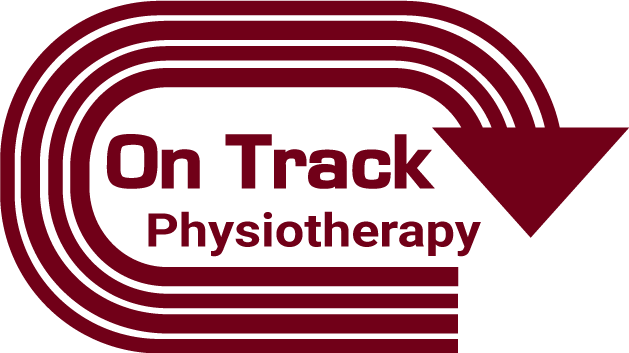Often times I am told by a client that “things just feel stiff or tight.” These reports tend to be most common in the hips, shoulders, and neck.
I usually will proceed to tell the patient that stiffness or tightness may actually be a good thing. As it could be the body’s response to a perception of threat in the area, and its protective mechanism is to tense up or hold on tight for security purposes.
I will also inform them that things may not actually be as “stiff” or “tight” as they believe.
Usually at this point I get a blank stare from the patient or a barrage of questions because nobody has ever explained these concept to them. So that will be my goal in this article. For simplicity sake, we will just be discussing the shoulder.
Stiffness is a sensation the body will produce, it is not an actual state of being. Three things that tend to impact the sensation of being “Tight” are: 1) Position 2) Nervous System 3) and Muscles. Usually in that order.
Position
Let’s use the analogy of a door frame here. A crooked door frame will not allow for a door to shut, obviously one of the corners will catch. The answer is not to stretch or force the door into a position it cannot achieve. The solution is to create a better door frame position so that the door will fit. Taking this back to the body, the shoulder and hips are really no different. Both are ball and socket joints. And if the ball (meaning your arm or leg) does not go through a full range. It could be because the position of your frame (or socket) is not optimal.
When considering the position of the shoulder, the socket would be the scapula or shoulder blade. Fortunately for our mobile arms, the scapula has a great deal of movement. The tricky part is that because the shoulder blade is so mobile, its foundation is more dependent on the ribcage than anything. The ribcage is the foundation the shoulder blade sits on and thus will ultimately dictate position of the shoulder.

Below is an example of a patient of mine who needed to have more approximation of his left ribcage and expansion of his right ribcage. By putting him in a position that would allow for this, and then having him establish proper breathing patterns in this position, you can see the change in range of motion after. Mind you this picture was taken right after the exercise which lasted at most 2 minutes. No stretching, massage, or dry needling was performed. Just positional breathing. Which is great, because now the patient can perform this activity at home and not rely on a medical professional to always make a change.
(patient is lying on opposite ends of the table, which is why picture looks reversed).

How is that big of a change possible? Just as we discussed. If a joint is in a poorly managed position, it can directly affect the length/tension relationship of the muscles that cross the joint. In this case, due to shoulder position, the muscles that crossed the joint were already on “prestretch”. Meaning these muscle were more than likely already on stretch to achieve a neutral position. So to establish full range of motion, the muscle would have to elongate further than what would typically be expected. By establishing a true neutral position of the joints we can take that “prestretch” off and allow the arm to access its full range of motion.

About the Author: Dr. Greg Schaible is a physical therapist and strength coach specializing in athletic performance. He attended The University of Findlay as a student athlete. As an athlete he competed in both Indoor and Outdoor Track & Field where he earned honors as a 5x Division II All-American and 6x Division II Academic All-American. In 2013 he completed Graduate School earning his Doctorate of Physical Therapy (DPT). Greg is the owner of On Track Physical Therapy in Ann Arbor, Mi. Follow On Track PT and Performance on Facebook.



